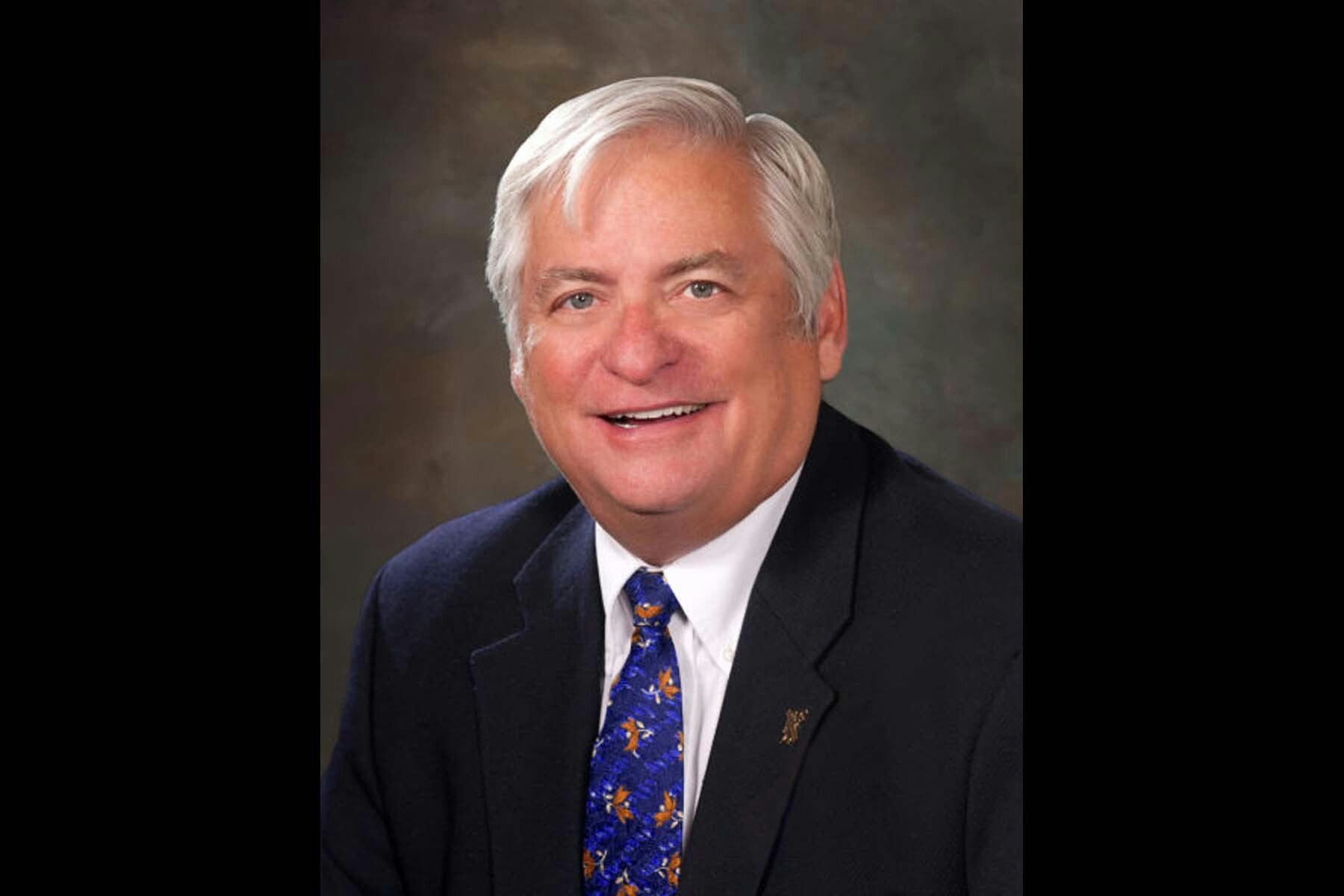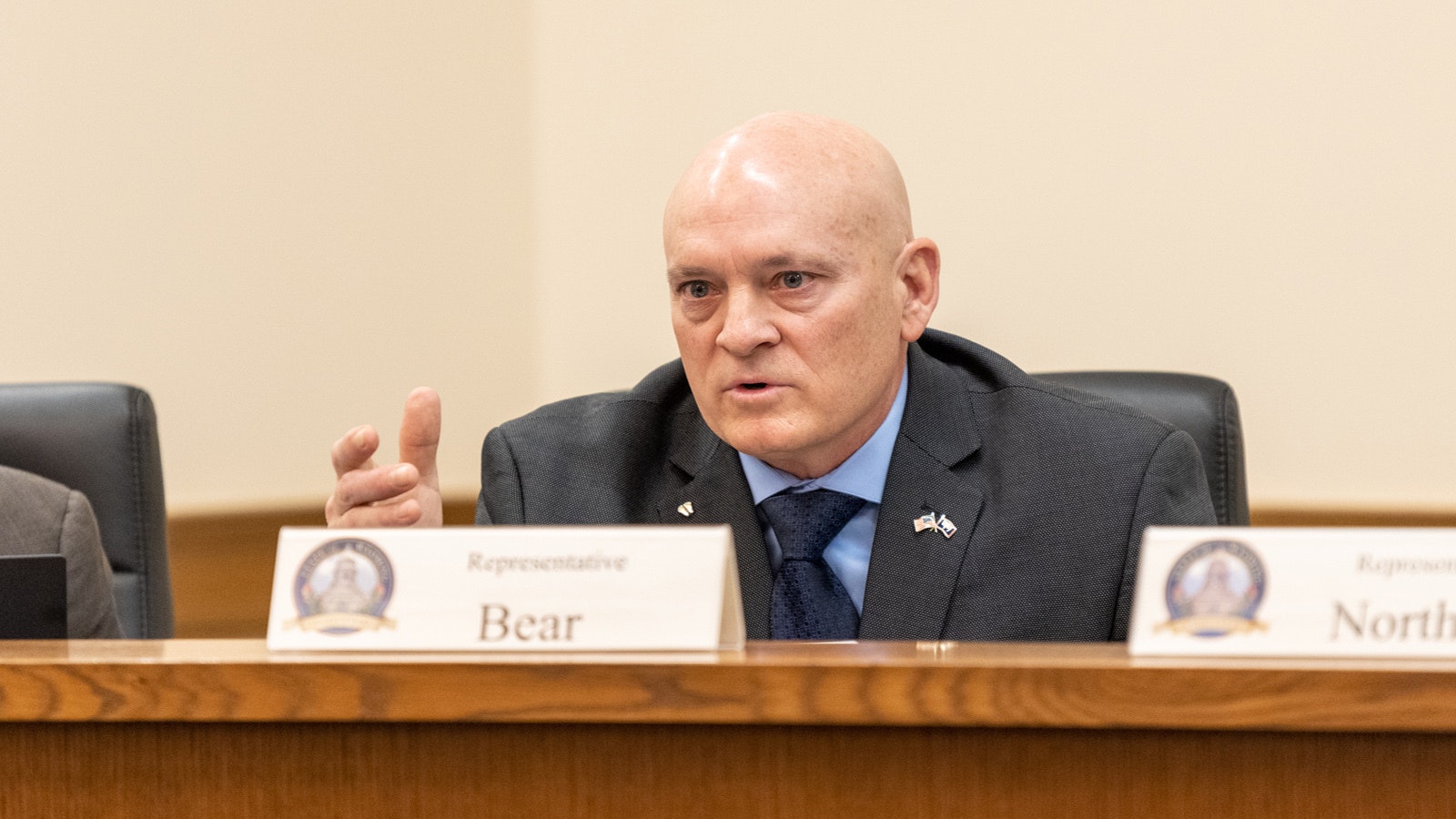By Bill Sniffin, publisher emeritus
Wyoming has an almost over-abundance of “natural” wonders ranging from Yellowstone National Park to the vast Red Desert. Plus the towering Devils Tower and the even more towering Teton and Wind River Mountain Ranges.
My first coffee table book, published in 2012, was an attempt to document these 7 Greatest Natural Wonders + 33 Other Fascinating Places.
But soon after it was published folks would come up to me and me: What about Wyoming’s Seven Greatest Man-Made Wonders?
That got me thinking about doing a second book with that title, but soon changed it. My second coffee table book was titled My Wyoming, which is also the title of my weekly newspaper columns. It contained a lot about man-made wonders but featured a lot more.
But getting back to the question at hand – what would be on such a list of the 7 great man-made wonders? What would qualify as the state’s “greatest” wonders created by man?
At first glance, a person might assume we are talking about coal mines and oil wells, but this topic entails more. A lot more.
The Seven Wonders
It might make sense to generalize the 7 wonders into categories rather than specific places.
For example, my first wonder would be man-made evidence of the earliest occupiers of our state – those indigenous folks who left quite a record for us to see.
We have walls of petroglyphs that go back 11,000 years. At a site near the old Sunrise mine, we find a red ochre red dye area that has been used by indigenous peoples for almost 14,000 years. We have ancient villages over 4,000 years old. Wyoming even has a place known as “America’s Stonehenge,” the mysterious Medicine Wheel high in the Big Horn Mountains. How ancient is it and what was it for?
Randy Wagner reminds me that the second oldest could be the Oregon-California-Mormon Trail across the state. I would want to lump “all roads west” into this category, which up to the present would also include the Lincoln Highway (U. S. Highway 30) and the present-day Interstate highway system.
All roads led west in the early days of our country and all chose to cross Wyoming. This occurred in our state, because of that wondrous notch in the mountains known as South Pass. Because of that gap, our country became a place that stretched from sea to shining sea.
There are other historic trails like the Bozeman and the Bridger Trails. And how about the early highways over the mountain passes?
Third choice seems obvious – the Union Pacific Railroad. There was “Nothing Like It In The World,” according to the wonderful history by Stephen Ambrose. It crossed Wyoming shortly after the Civil War. We are a railroad state with another huge impact by the Burlington Northern/Santa Fe. We cannot omit the huge railroad development hauling coal out of the Powder River Basin.
Fourth choice could be big dams. Wyoming has a great many of them, but the biggest in the world when it was constructed, was Buffalo Bill Dam west of Cody in 1910. Let’s also add all those huge irrigation projects around the state plus the reservoirs.
Fifth would obviously be our amazing energy industry, which started with an oil seep bubbling to the surface south of Lander. Today our state leads the country is production of coal and uranium and is second in natural gas. We are also the windiest places in the country.
Energy is a very big deal here. The Jonah Field near Pinedale has as much energy in it as the Saudi Arabia oil fields.
And our large electricity generating stations deserve mention, too.
Sixth choice would have to be tourism infrastructure with a special emphasis on those old Yellowstone hotels, the lodges in Grand Teton Park, Teton Village Ski Area, and even including the Buffalo Bill Historical Center in Cody and the National Museum of Military Vehicles south of Dubois.
Our final “wonder” is the surreal killing machine known as Warren Air Force Base at Cheyenne. Tucker Fagan recalls “at one time, F. E. Warren had the most nuclear missiles on alert, some 950 to be exact.” He said the Peacekeeper Missile in Cheyenne each carried 10 weapons each. In the history of the world, it will be remembered for that dubious statistic.
What others?
If those are the big 7, then, you might ask, what about the following:
- University of Wyoming
- State Capitol in Cheyenne
- Vast trona mines west of Green River, early gold mines at South Pass City and Bentonite mines
- Today’s gigantic distribution centers in Cheyenne
- Original flumes and timber operations back in the early days of tie harvesting in the state.
- Amazing roads like the Chief Joseph Highway
- The Shute Creek plant near Kemmerer and all the pipelines and electric lines leaving the state
- Giant bronze statues such as Lincoln on I-80
That pretty much covers my list. What do you think?





